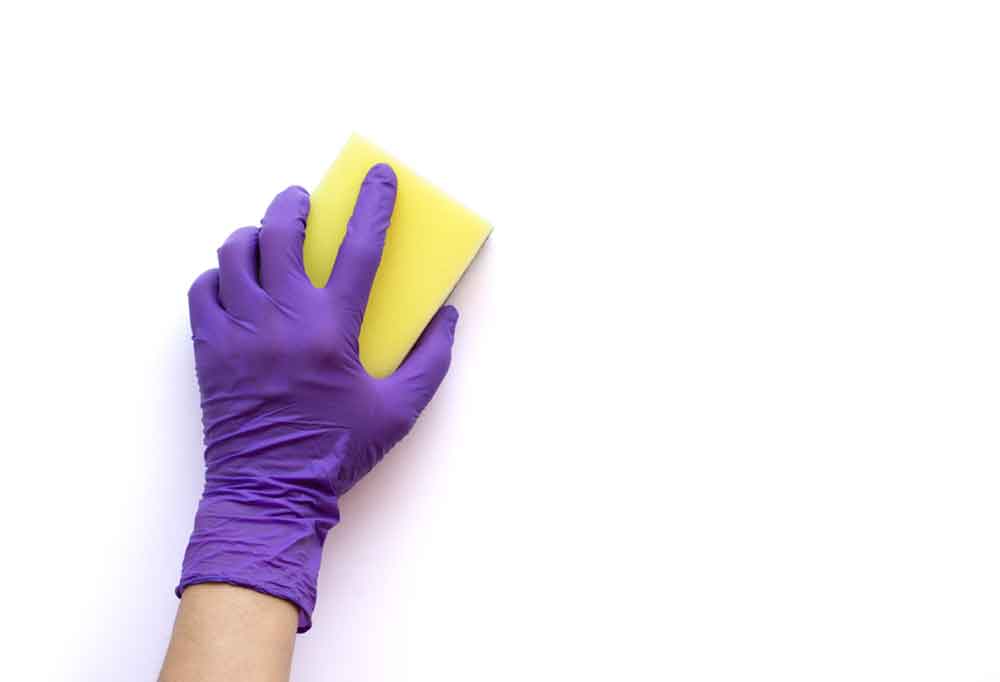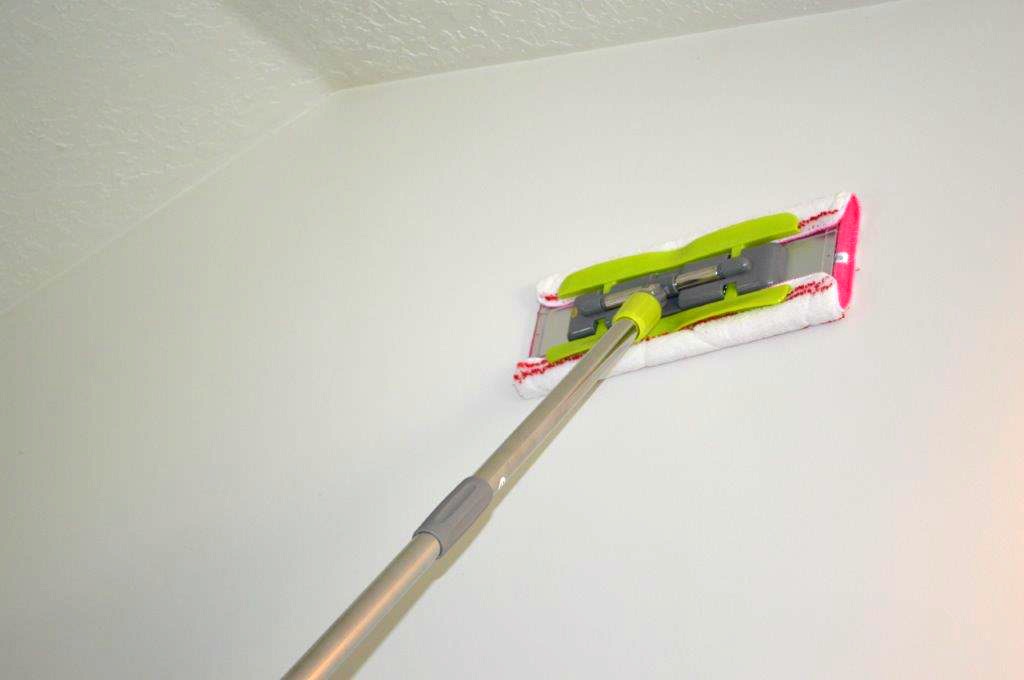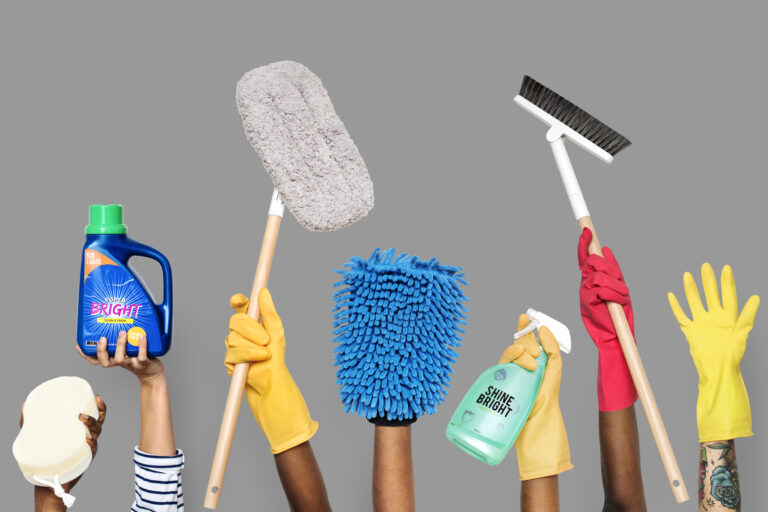6 Simple Steps to Cleaning White Walls
Consider painting your walls white if you want a new yet timeless look in any room of your house. For starters, white walls instantly make a room appear larger and brighter.
You may also include just about any furniture and decor style in your home because you have an empty canvas to work with. Take note, though, that as Instagram-worthy as pristine white walls are, they require some upkeep!
Your white walls, like anything light-colored, can accumulate grime and evidence of wear and tear over time. With the correct tactics, though, you can maintain your area looking as new as the day you painted it. According to professionals, here’s how to clean white walls successfully, step by step.
How Often Should White Walls Be Cleaned?

White walls usually require a thorough cleaning every six months when visible dirt and debris begin to accumulate. You may like to clean your white walls more frequently if you have children or animals who sully your home.
Even still, most homeowners may not wash their walls as often as they should. Cleaning the walls used to be something that every decent homeowner or cleaning service did twice a year, but now it’s not done nearly as often as it should be.
If your wall has visible dust, scratched, covered in dirt, and there are spiderwebs in the corners of the room where the walls and ceiling meet, then the right time has come to clean your walls.
You don’t need to wait for a bi-annual clean or these warning indicators to appear. When freshening up your walls, we recommend exercising your best judgment.
You’ll need a few tools to effectively clean your white walls:
- A duster or the dust-brush attachment on your vacuum
- Using a dry mop (optional)
- Cloth made of microfiber (optional)
- Magic Eraser (optional)
- A sponge that isn’t abrasive
- Mild dishwashing liquid
- Bucket
- Warm water
What is the Best Way to Clean White Walls?
It took some time for your white walls to become dirty; therefore, cleaning them thoroughly will take some time. Fortunately, you won’t need special equipment or cleaners to complete the task. According to the pros, here’s how to clean white walls one step at a time.
Begin with a White Slate
Make sure you’re starting with a clean slate before you begin cleaning. Remove any items that may be hung on the wall and place them aside.
Dust the entire room from top to bottom

Dirt isn’t the only foe when restoring your white walls to their former glory. Dust your walls entirely from the ceiling down before washing. You can use any dusters, such as a microfiber cloth or the dust-brush attachment on your vacuum for a deeper clean. Try a dry-mop head wrapped in a soft, clean cloth if you don’t have a duster attachment.
Dust from top to bottom with your selected tool, taking care not to harm the wall with the challenging sections of the mop or vacuum.
Create Your Cleaning Solution
Now for the exciting part: Fill a gallon bucket halfway with warm (not hot) water. Add a spritz of light dish soap after that. You will not require as much as you believe. It’s really better to use less soap because it will aid in thoroughly rinsing the soap after you’ve finished. In fact, soapy residue left on a wall attracts grime in the long run.
Perform a Spot Check
Test your soap solution on an inconspicuous and small part of your wall to avoid damaging your walls or paint job. Try washing a portion of the wall concealed behind your couch or a painting; just be sure your soap and water solution won’t harm the paint’s color or gloss.
It’s also good to wait a few hours after testing to see if the paint has been harmed. Staining and discoloration are particularly common with flat and eggshell paints.
Cleaning the Walls
To avoid watermarks and paint bubbling, soak a cloth or sponge in the liquid and dry it out, so it’s moist but not soaked. Then, using circular motions, gently wash your walls in portions. It’s better to start at the top of the wall and work your way down because water will leak as you clean.
Pay attention to the finer points
You can use your sponge to clean your baseboards and trim after correctly cleaning your actual walls. Melamine foam, known as a Magic Eraser, comes in helpful if you can still see marks or dirt on any part of your wall. Simply dampen the foam, squeeze out the excess water, and apply gently to the affected regions. Don’t go overboard since the abrasiveness of the foam may ruin the finish on your wall.
Need help with wall cleaning? Call us now and book a clean with our professional cleaners!







